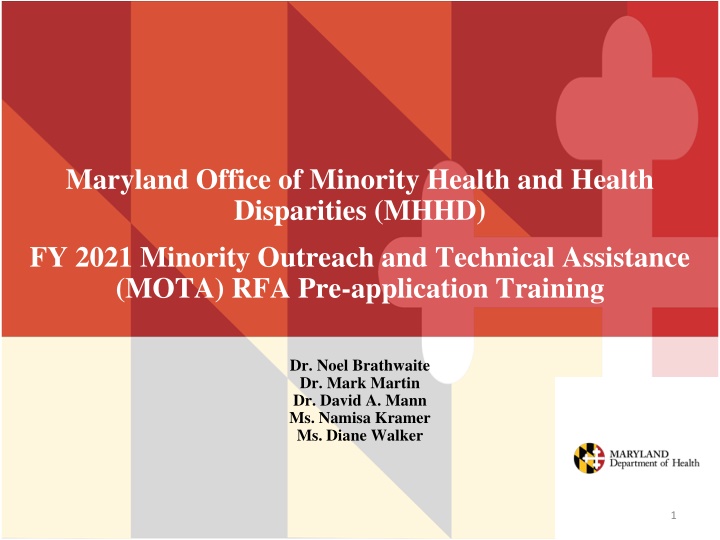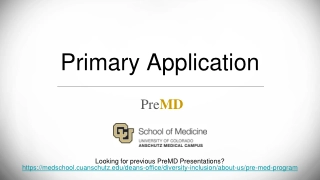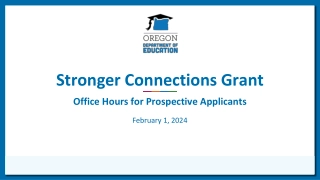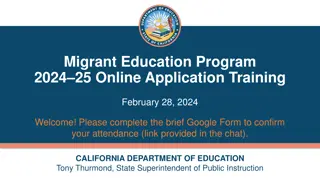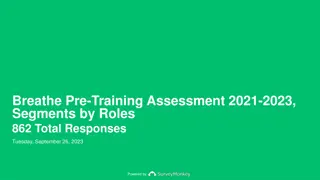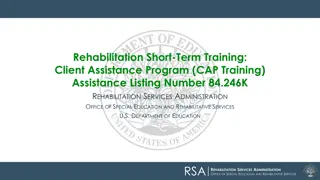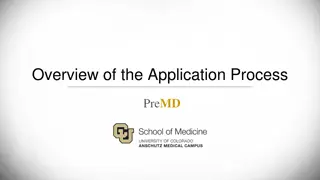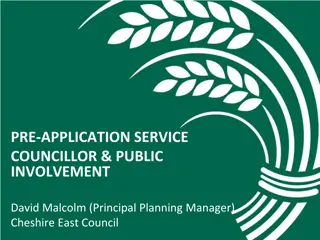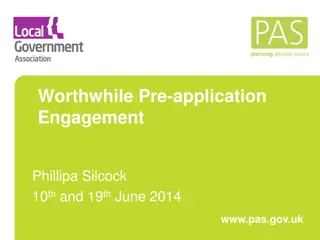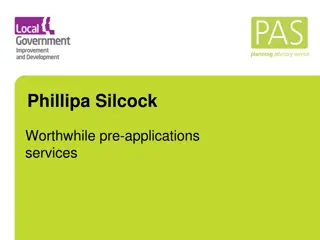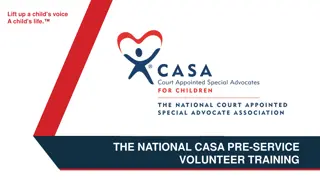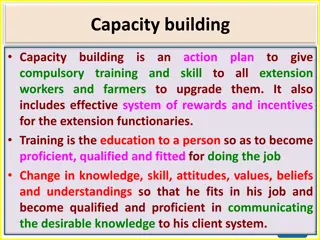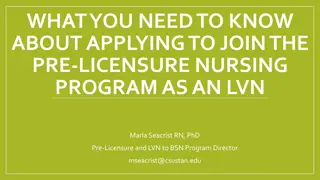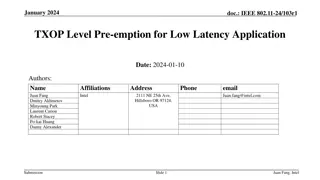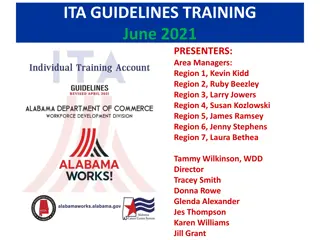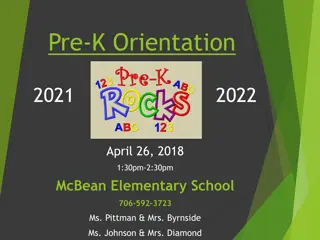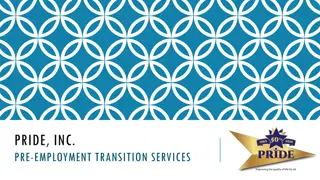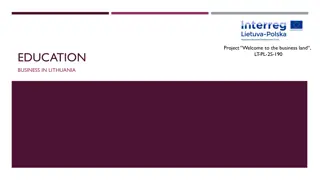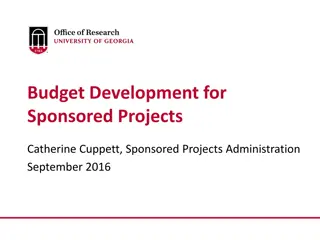2021 MOTA RFA Pre-Application Training Overview
"The Maryland Office of Minority Health and Health Disparities (MHHD) presents the FY 2021 Minority Outreach and Technical Assistance (MOTA) RFA Pre-Application Training. Learn about eligibility, application process, and staff introductions to enhance health outcomes for minority communities through community engagement and partnerships."
Download Presentation

Please find below an Image/Link to download the presentation.
The content on the website is provided AS IS for your information and personal use only. It may not be sold, licensed, or shared on other websites without obtaining consent from the author.If you encounter any issues during the download, it is possible that the publisher has removed the file from their server.
You are allowed to download the files provided on this website for personal or commercial use, subject to the condition that they are used lawfully. All files are the property of their respective owners.
The content on the website is provided AS IS for your information and personal use only. It may not be sold, licensed, or shared on other websites without obtaining consent from the author.
E N D
Presentation Transcript
Maryland Office of Minority Health and Health Disparities (MHHD) FY 2021 Minority Outreach and Technical Assistance (MOTA) RFA Pre-application Training Dr. Noel Brathwaite Dr. Mark Martin Dr. David A. Mann Ms. Namisa Kramer Ms. Diane Walker 1
FY 2021 MOTA RFA Pre-Application Training Housekeeping for Participants Thanks for your Interest in the 2021 MOTA RFA Grant We are advised by MDH IT staff that the webinar works best in Chrome. It does work in Internet Explorer on some computers If you are unable to get in on Chrome and Internet Explorer, you can call this number 173 243 268, enter the meeting access code and listen in 2
FY 2021 MOTA RFA Pre-Application Training Housekeeping For Participants (cont.d) The presentation will be posted on the MHHD website We will provide responses to your questions during the Question and Answer Session. We encourage you to hold on to your questions and ask them during the Q & A. We will be very much involved in the presentation and may not be able to respond to your questions while presenting. We may not be able to answer all questions during today s session but you may contact our office with questions by contacting the Program Administrator, Namisa Kramer at namisak.kramer1@Maryland.gov or 410-767-8954. 3
FY 2021 MOTA RFA Pre-Application Training Overview MHHD Staff Introductions Background and Expectations Eligibility and Award Information Application Narrative Information Budget Documentation Supporting Documentation Question and Answer Session 4
FY 2021 MOTA RFA Pre-Application Training Introductions MOTA Program Staff Dr. Noel Brathwaite, Director Dr. Mark Martin, Deputy Director Dr. David Mann, Epidemiologist Namisa Kramer, MOTA Program Administrator Diane Walker, Fiscal and Procurement Supervisor 5
FY 2021 MOTA RFA Pre-Application Training FY 2021 MOTA RFA FY 2021 MOTA RFA 6
FY 2021 MOTA RFA Pre-Application Training Background MOTA Was Implemented in 2001 Cigarette Restitution Fund Program Focused on tobacco cessation and cancer prevention Outreach and technical assistance to minority communities Promoted participation in tobacco and cancer coalitions MOTA Program has now expanded to improving the health outcomes for racial and ethnic minority communities through community engagement, partnerships, outreach, technical assistance, and ongoing intervention with individuals with demonstrated need. 7
FY 2021 MOTA RFA Pre-Application Training Eligibility Information (Pg. 6) All Non-profit Organizations within the Maryland Jurisdiction including Baltimore City are eligible to apply. Two funding tiers: organizations not previously funded by MOTA are eligible to apply for $15,000 to $25,000; existing MOTA funded grantees for two or more years, or have equivalent experience in community-based interventions can apply for $25,000 to $50,000 Need Letter of Commitment (Can be submitted later) IRS Form 990 with application Letter of Good Standing can be submitted after application is approved and awarded Award Information (Pg. 6) Awardees will be given the opportunity to apply for a non-competitive grant renewal for FY 2022 8
FY 2021 MOTA RFA Pre-Application Training Six Health Focal Areas for FY 2021 Pregnancy and Birth Outcomes Cardiovascular disease Diabetes/Prediabetes Obesity Cancer Asthma 9
FY 2021 MOTA RFA Pre-Application Training MHHD Program Expectations Partnerships and Collaboration with Local Health Departments Linkage to primary and preventive care and social services Collaboration with other MOTA partners as well as other community and Faith based organizations Attendance at all MHHD MOTA Quarterly Meetings Provide community-based health education using best practices curricula based on selected disease focus area. (Applicants are required to choose ONLY ONE disease focus area) Demonstrate improvement in focus-area-specific health indicators (See examples in RFA) (See pg. 5 in RFA for all Expectations) 10
FY 2021 MOTA RFA Pre-Application Training Application Information (Pg. 7) The Format (Pg. 7) Application should be no more than 10 pages long 12 pt font, Times New Roman, 1 inch margins, double spaced Each page numbered sequentially Cover letter (Pg. 7) See letter sample (Attachment A) Signature of authorizing official (Please Use Blue Ink) Federal tax identification number Presenter: Ms. Namisa Kramer 11
FY 2021 MOTA RFA Pre-Application Training Organizational Capacity (Pg. 9) State current or previous experience working with minority populations Ability and Experience in developing, implementing and promoting health education Organizations background, structure, mission and performance (Please include organizational chart. See example below) EXECUTIVE SUMMARY IS NO LONGER REQUIRED ELECTRONIC COPIES OF APPLICATION IS ACCEPTED. PAPER COPIES ARE NO LONGER REQUIRED ELECTRONICSIGNATURES WILL BE ACCEPTED 12
FY 2021 MOTA RFA Pre-Application Training Application Narrative Problem Statement (Pg. 8) Describe nature and scope of the problem Describe need for a local MOTA program You are also provided with links for health disparities data in pg. 8-9 in the RFA (Resources) 13
FY 2021 MOTA RFA Pre-Application Training 1. Ultimately, your problem statement should be able to be expressed as the baseline values of the SMART objectives that you are proposing to improve with the program. (Page 9 of the RFA) 2. Your GOAL is a broad statement of the health area you expect will improve due to your program, even if that might not be measurable. (pages 9-10) 3. SMART objectives are the specific and measurable improvements that will result from your program. (page 10 of the RFA) a. You should know, or be able to quickly learn, the current value of the measure or metric that is your objective. b. You must be able to know the follow-up value of that measure or metric at the end of the program. c. This might be for a whole population, but more likely will be for the group of enrolled persons that you plan to touch. 14
FY 2021 MOTA RFA Pre-Application Training What is a SMART Objective? 1. Specific: Not vague, ambiguous, or too general. Down to the details. 2. Measurable: It can be counted/measured; a. Usually, if it is measurable, it is specific. 3. Attainable/Achievable: It is realistic to be able to reach the future expected value of the objective metric. 4. Relevant: Reaching this value of the objective metric will in fact help make progress to the overall goal. 5. Time bound: There is a particular improved value of the metric that will be reached in a particular time frame. For this MOTA application, work plans, Gantt charts, goals objectives should be for a 1-year time frame. a. (Page 10 of the RFA) 15
FY 2021 MOTA RFA Pre-Application Training Program Work Plan (pg. 10-11) Answers the question HOW MUCH of WHAT will be done BY WHOM, WHEN, and HOW MEASURED? What will be done? What are the activities and tasks that will impact the target population? o How much activity, and how many persons reached? By Whom? Who will carry out the activities? When? What is the schedule of activities? How Measured? How will we count how much activity, how many reached, and what impact on those reached? LOGIC MODEL NO LONGER REQUIRED 16
FY 2021 MOTA RFA Pre-Application Training Program Work Plan Elements Brief Narrative description of Work Plan Complete Attachment B: Work plan template Complete a Gantt Chart: See Attachment D as example Include one or more of the activity types in the list a. to d. on page 11 Include ALL of the activities in the list e. to l. on page 11 17
FY 2021 MOTA RFA Pre-Application Training Outcomes 1. Outcomes are measurable benefits of your program. 2. These include your SMART objectives. 3. These may also include intermediate outcomes that are steps to your ultimate outcomes 4. Outcomes must be defined for the people that you reach a. This requires follow-up data collection in the persons that you reach 5. It is optional to define outcomes for the larger population, beyond the persons you reach. a. Demonstrating success at the community level can be difficult Pages 11-12 of the RFA 18
FY 2021 MOTA RFA Pre-Application Training Target Population 1. Describe the geographic area for the program a. Entire city/county? Or just a smaller part? 2. Describe characteristics of the people you will serve a. Race/ethnicity b. Languages spoken, English proficiency c. Poverty, education, employment if available 3. Specify number of people you will serve (this should be consistent with your work plan) 4. Primary program reach must be racial/ethnic minorities (Page 12 of the RFA) 19
FY 2021 MOTA RFA Pre-Application Training Partnerships (pg. 12) 1. Provide a list of project partners a. Local Health Department partnership is required 2. Describe the role of each partner a. Local Health Department partnership role 3. Letter of commitment from each partner a. Mandatory from Local Health Department b. Promises what the partner will do 20
FY 2021 MOTA RFA Pre-Application Training Program Management (pg. 12) 1. Describe Program Staff and Consultants a. Grantees are no longer allowed to subcontract the MOTA grant funds b. Clearly describe staff and consultant roles and deliverables c. Provide resumes or bio-sketches 2. Identify Program Manager, clear reporting lines for staff and consultants, and clear specification of who will be supported by what amount of program funds. 3. Specify persons responsible for financial management, fiscal and productivity form submission, and interface with our (MHHD) MOTA managers. (Dr. Mann resumes next slide) 21
FY 2021 MOTA RFA Pre-Application Training Evaluation (pg. 13) 1. Describe methods to evaluate success in reaching your objectives. 2. Describe tools and methods to measure your outcomes. (for example pre-post tests, surveys, method to measure health status indicators such as BMI, blood pressure, blood glucose and for asthma, respiratory peak flow ) 3. Describe the data you will collect and how you will collect it. 4. Discuss evaluation at three levels: a. Capacity development evaluation b. Productivity and effort evaluation c. Outcome/impact evaluation 22
FY 2021 MOTA RFA Pre-Application Training Evaluation (pg. 13) 1. Capacity development evaluation a. This matches the inputs in the logic model b. How well did you deploy the intended resources? 2. Productivity and effort evaluation a. This matches the outputs of the logic model b. How many activities, how much reach was achieved? 3. Outcome/impact evaluation a. This matches outcome-impact of the logic model i. What changes in knowledge, attitudes, beliefs? ii. What changes in health behaviors? iii. What changes in risk factor or disease prevalence? 23
FY 2021 MOTA RFA Pre-Application Training Dissemination (pg. 13) 1. Describe you plan to inform public, policy makers, and other key stakeholders about project. a. Not just at the end, but throughout the project. b. Disseminate milestone achievements 2. Operational capacity in place (grand opening) a. Periodic reports on persons served b. End of project improvement in outcomes 24
FY 2021 MOTA RFA Pre-Application Training FY 21 Budget and Supporting Documentation Requested Budget (MDH HSAM Forms) (Pg. 14) 1. MDH HSAM budget Forms 2. Sample Budget forms 3. Budget Justification Narrative (Pg. 14) a. Written Justification b. Sample attachments 4. Letters of Commitment (Pg. 14) a. Commitment vs Support b. Partner or Collaborator Presenter: Ms. Diane Walker 25
FY 2021 MOTA RFA Pre-Application Training FY 21 Budget and Supporting Documentation 1. Health Department Support Letter (Pg. 14) a. Local Health Department support letter 1. Additional Mandatory Forms (Pg. 14) a. MDH forms 433 and 434 a. Signatures 1. Grant Application Checklist (Pg. 28) a. Attachment I 26
Question and Answer Session Question and Answer Session Moderator: Namisa Kramer 27
